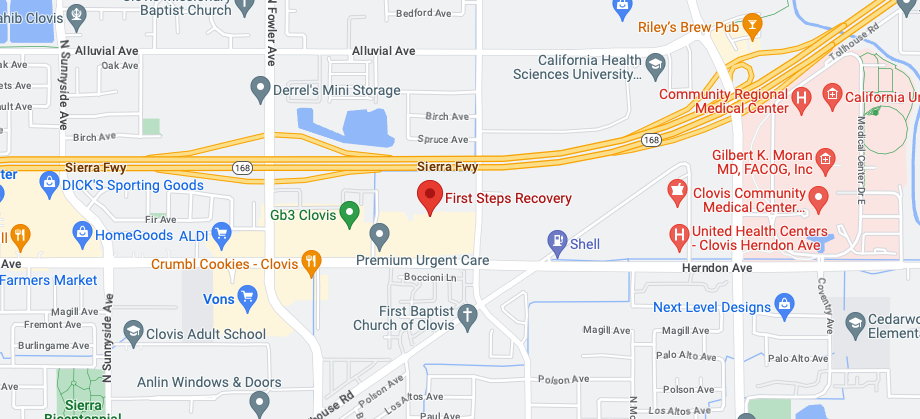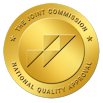Addiction to drugs or alcohol remains one of the most protracted problems in American society. At any given time, more than 20 million Americans are struggling with some form of chemical addiction—but fewer than 1 in 4 of those people receives treatment for their addiction.
The causes of addiction are several, ranging from genetic predisposition to environmental factors (things like childhood abuse and family dysfunction) and mental health problems. Regardless of causation, however, there comes a time in the life of every addicted person when his or her behavior causes so much psychological, emotional and financial harm to family and friends that they seek a solution. The final step in that solution is typically proactive addiction treatment—but the first step is often a drug or alcohol intervention.
WHAT IS A DRUG OR ALCOHOL INTERVENTION?
To begin, the portrayals of addition interventions in popular culture—television and the movies, for example—are frequently misleading. Characterized by emotional outbursts and freewheeling expressions of disapproval, condemnation and recrimination, those depictions misrepresent both the purpose and the method of properly performed interventions.
Effectively executed, an intervention requires thoughtful planning regarding the role each member of the intervention team will play, what they will and won’t say, and what rules (think of these as guard rails) govern the process. Among those rules are the following 3:
- Participants should “stick to the script”: although there’s no literal “script” for an intervention, there are basic ground rules for what participants are and aren’t permitted to say. Participants should strive to be honest, transparent and authentic, but should scrupulously avoid spontaneous outbursts or using the intervention as a vehicle to settle old scores.
- It’s not about casting blame: the goal of an intervention isn’t to relieve participants of whatever hurt they feel from the addicted person’s actions—it’s to persuade the subject of the intervention that his behavior is causing harm to himself and others, and that he needs treatment. Participants should meet prior to the intervention to ensure everyone fully understands this principal goal.
- Participants should strive to remain positive: people who are addicted generally want to continue using their “drug of choice.” In many cases, they feel that their drug is their only friend. Said differently, most addicted people are likely to resist accepting the help intervention participants are offering. This aspect of the intervention will seem negative to an addicted person—but those helping him must work to remain positive. They need to focus on the subject’s strong points, how he or she has overcome obstacles in the past, how his life was simpler and more fulfilling prior to the addiction, and how he or she can regain that life after effective treatment.
HOW SHOULD YOU PLAN FOR THE INTERVENTION?
Careful planning is essential to a successful drug or alcohol intervention. The first step in that plan is often to consult with a competent addiction professional, someone who can provide helpful advice and guidance. That professional will likely help organizers of the intervention decide who will participate (and why), schedule the intervention, and create an “agenda” for what topics should be covered.
One of those topics should be for each participant to make a brief statement treating the ways in which the subject’s addition has affected their lives. These statements, again, should not be about blaming—they should help the addicted person acknowledge things he probably hasn’t been able to see—specifically, how his behavior is hurting other people.
In addition, each participant should learn as much as possible about addiction before the intervention takes place. Knowing for example the nature of the challenge someone addicted to alcohol or drugs faces will help them understand why their family member or friend can’t stop, why willpower alone, in other words, isn’t enough. They’ll also understand what addiction recovery typically looks like, and how important their ongoing support is to that recovery.
Finally, the drug or alcohol intervention plan should consider what participants will do if the intervention fails, if in other words the subject of the intervention resists treatment. Generally, this means making it clear that his continued resistance doesn’t mean a return to the status quo. The addicted person needs to know that, going forward, his actions will have consequences and that previous (often unintentional) enabling behaviors will cease. That could mean parents telling an addicted child they will no longer provide him money for food and rent, or a friend telling him he can no longer “sleep it off” at his apartment. It’s critically important that the intervention conclude with either treatment, or with a clear statement of new boundaries in the future.
CONCLUSION
For both an addicted person and the friends and family members who love him or her, addiction might seem an intractable problem. But the many people who have successful recovered would argue the opposite. They know better than anyone that, with effective treatment from competent professionals, every addicted person can fully recover.
We are an addiction treatment center that offers high quality care for people in Central California. If either you or a friend or family member is struggling with drug or alcohol addiction, we can help. To learn more about our treatment and recovery services, call us for help today.







